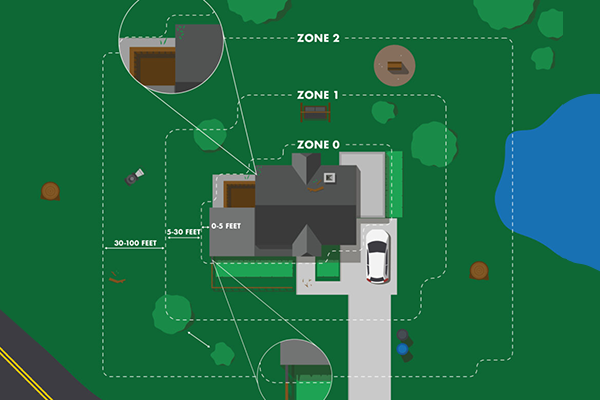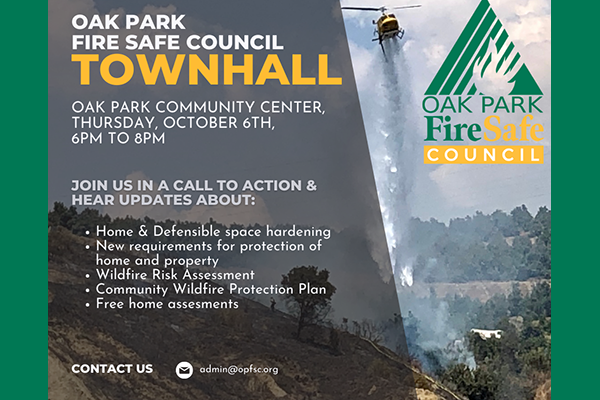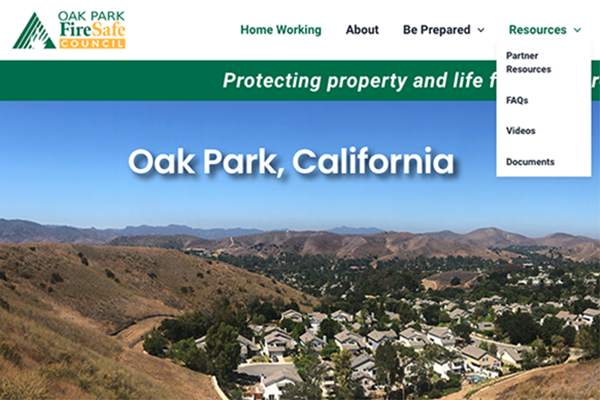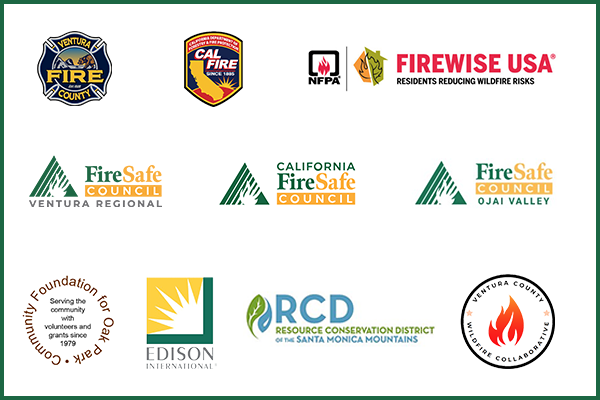DSpace is not Deep Space – DSpace means defensible space!
Embers, not the main firefront, are the leading cause of home ignitions during a wildfire. The DSpace around your home offers you practical ways to protect your home from wildfire. Defensible space is the buffer between your structure and the surrounding area. Adequate defensible space acts as a barrier to slow or halt the progress of fire that would otherwise engulf your property. It also helps ensure the safety of firefighters defending your home. Defensible space is the first line of defense for your home against wildfire.
The intensity of wildfire fuel management varies within the 100-foot perimeter of the home, with more intense fuel reduction needed closer to your home. Start at the home structure and work your way out to 100 feet or to your property line, whichever is closer.
In each zone, the intensity of vegetation management increases as you get closer to your home. The goal is to start at your house and work outward, reaching up to 100 feet or your property line.
- Zone 0: Zone 0 extends 0- 5 feet from your home, focusing on intense fuel reduction to protect against ember attacks.
- Zones 1 & 2: These zones cover up to 100 feet around your home. They’re required by law and involve varying levels of vegetation management.
ZONE O: Start Closest to Your Home to be Ember-resistant (0-5 feet)
The first five feet from your home is the most important. Keeping the area closest to buildings, structures, and decks clear will prevent embers from igniting materials that can spread the fire to your home.
Why? The majority of homes lost to wildfire are ignited by flying embers. Embers can travel miles ahead of the active front of wildfires.
What to do:
- Use hardscape like gravel, pavers, or concrete. No combustible bark or mulch.
- Remove all dead and dying plants, weeds, and debris (leaves, needles, etc.) from your roof, gutter, deck, porch, stairways, and under any areas of your home.
- Remove all branches within 10 feet of any chimney or stovepipe outlet.
- Limit combustible items (like outdoor furniture and planters) on top of decks.
- Relocate firewood and lumber to Zone 2.
- Replace combustible fencing, gates, and arbors attached to the home with noncombustible alternatives.
- Consider relocating garbage and recycling containers outside this zone.
Consider relocating boats, RVs, vehicles, and other combustible items outside this zone.
ZONE 1: Keep it Lean, Clean and Green Within 30 feet (5-30 feet)
Regularly clear dead or dry vegetation and create space between trees. During times of drought when watering is limited, pay special attention to clearing dead or dying material.
Why? Removing dead plants and creating space between trees and shrubs creates a buffer for your property and reduces potential fuel for fire.
What to do:
- Remove all dead plants, grass, and weeds.
- Remove dead or dry leaves and pine needles.
- Trim trees regularly to keep branches a minimum of 10 feet from other trees.
Create a separation between trees, shrubs, and items that could catch fire, such as patio furniture, wood piles, swing sets, etc.
ZONE 2: Reduce Potential Fuel Within 100 feet (30-100 feet)
Continue reducing potential fuel within 100 feet or the property line.
Why? 100 feet of defensible space is required by law. Public Resources Code (PRC) 4291
What to do:
- Cut or mow annual grass down to a maximum height of four inches.
- Create horizontal space between shrubs and trees.
- Create vertical space between grass, shrubs and trees.
- Remove fallen leaves, needles, twigs, bark, cones, and small branches. However, they may be permitted to a depth of three inches.
- Keep 10 feet of clearance around exposed wood piles, down to bare mineral soil, in all directions.
- Clear areas around outbuildings and propane tanks. Keep 10 feet of clearance to bare mineral soil and no flammable vegetation for an additional 10 feet around their exterior.
Check local ordinances for defensible space and weed abatement.
Consult with your local fire department or fire prevention district for specific local rules.
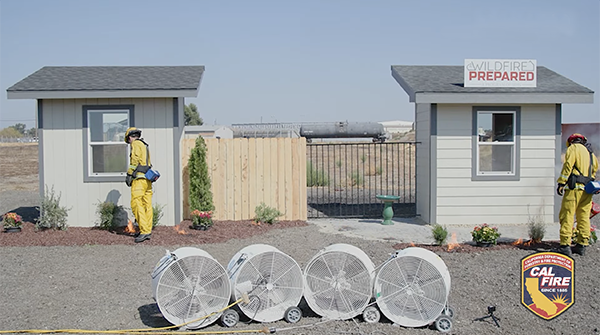
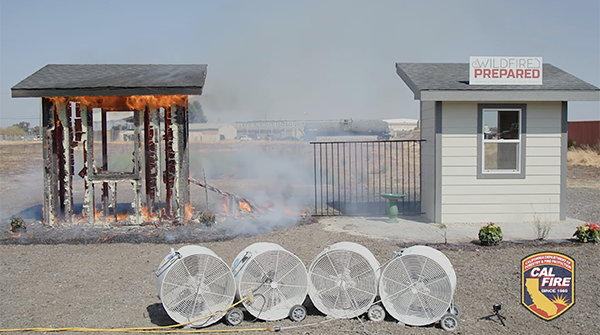
Adequate defensible space acts as a barrier to slow or halt the progress of fire.

